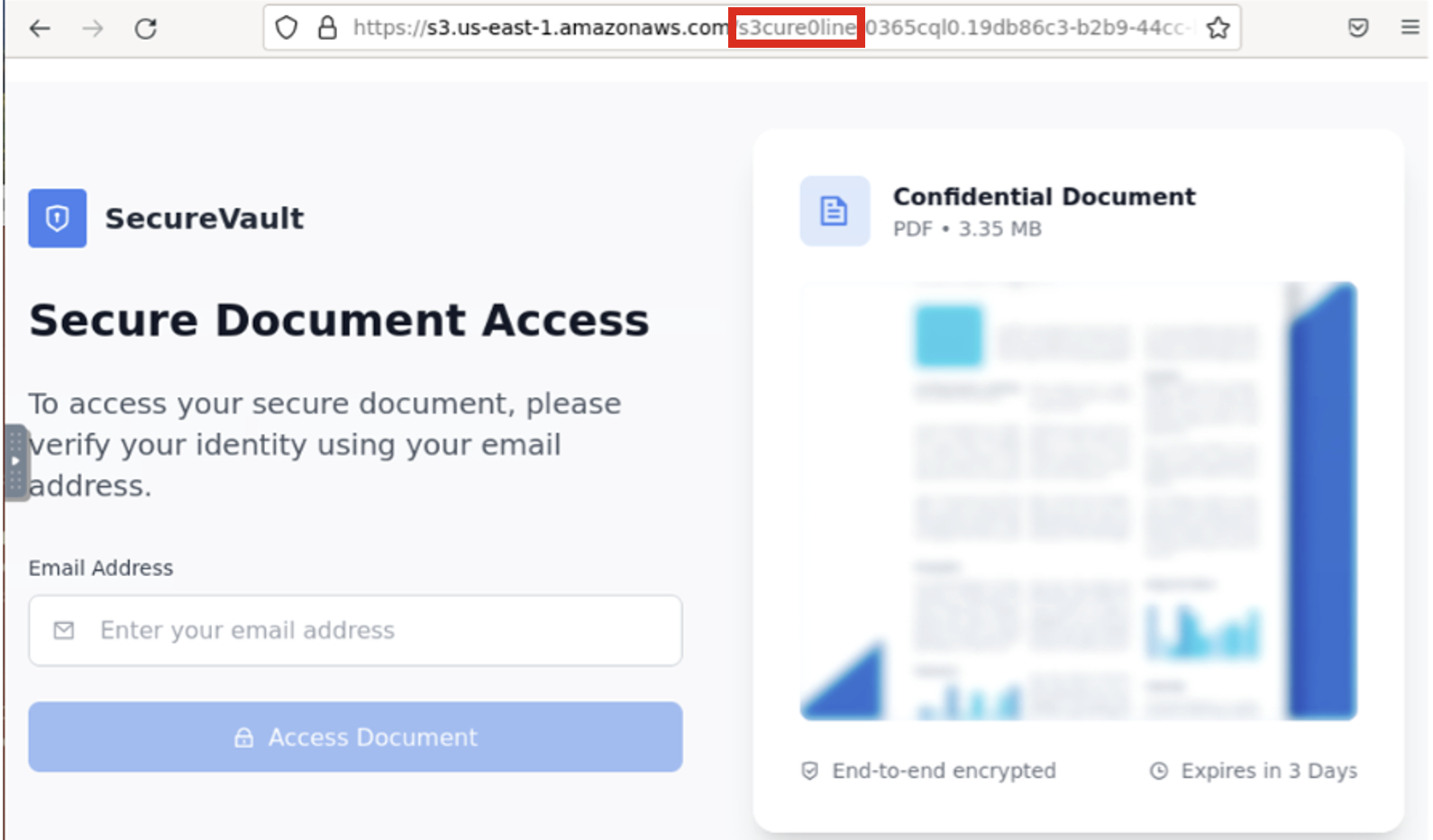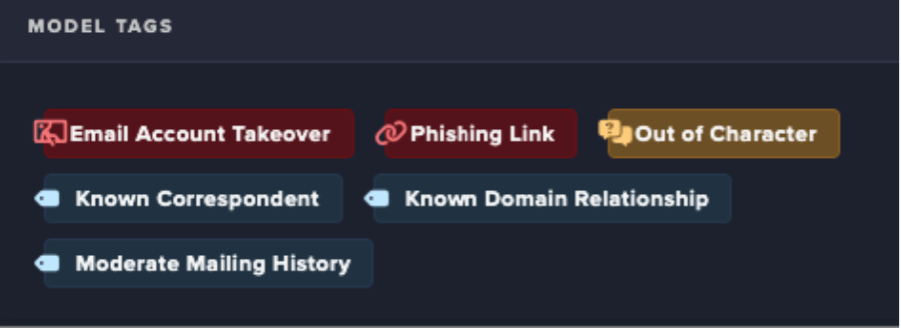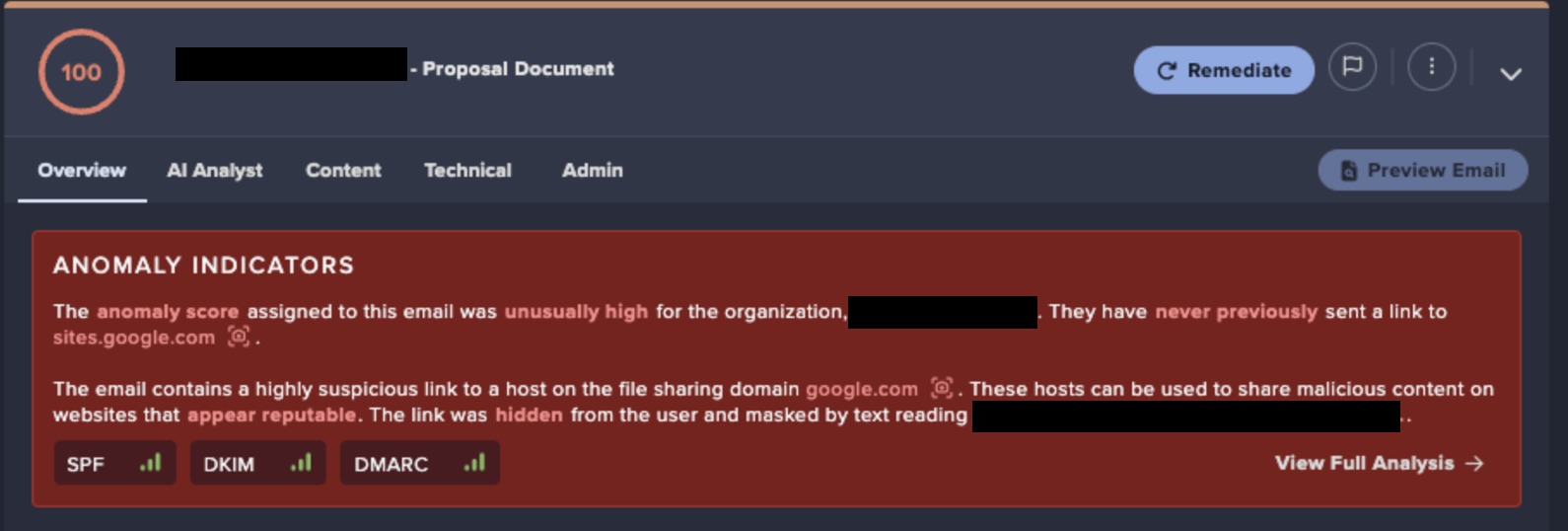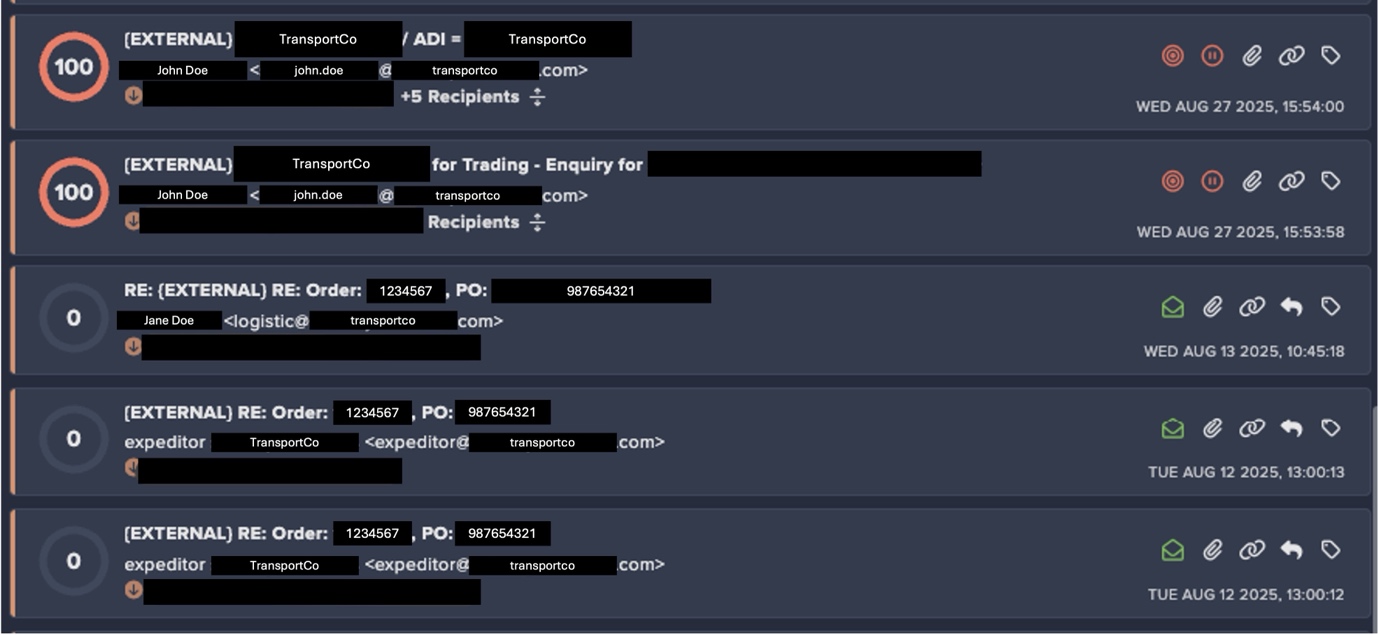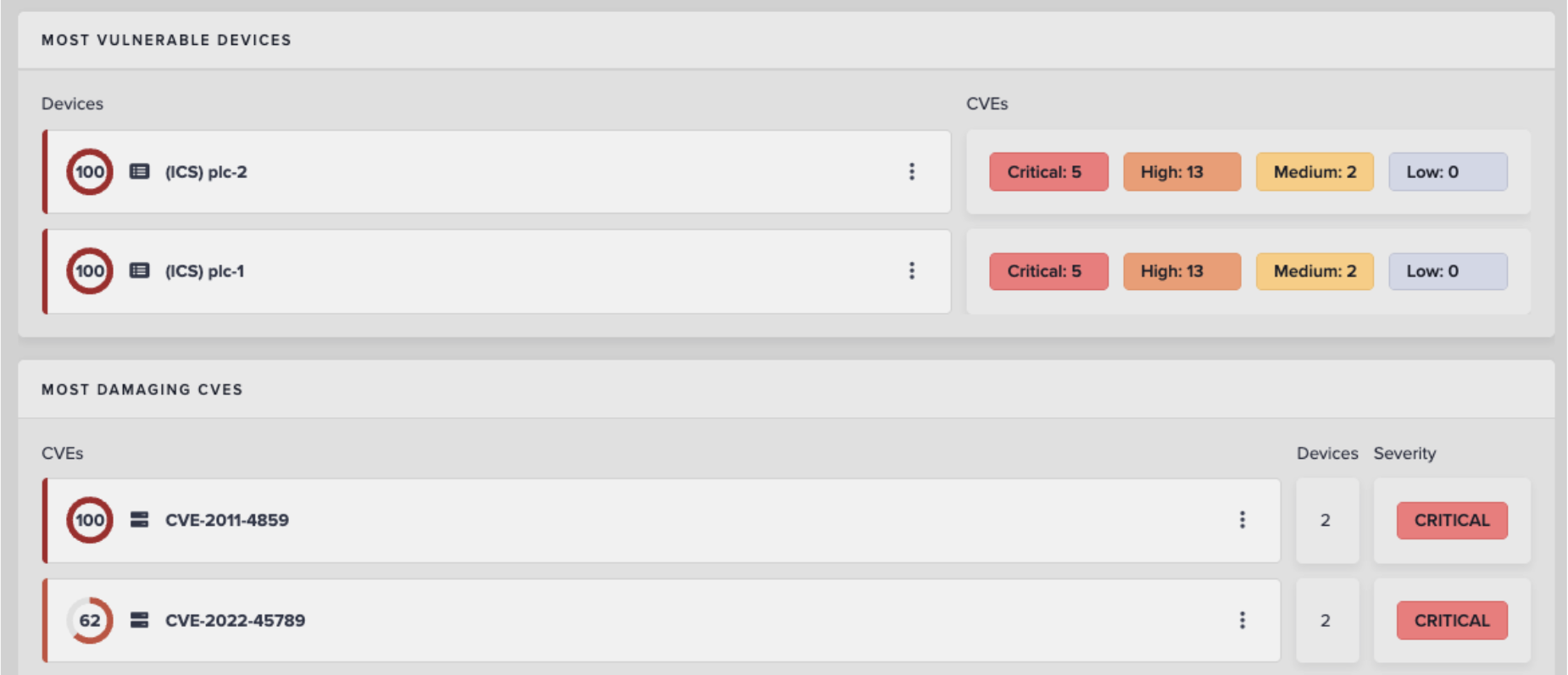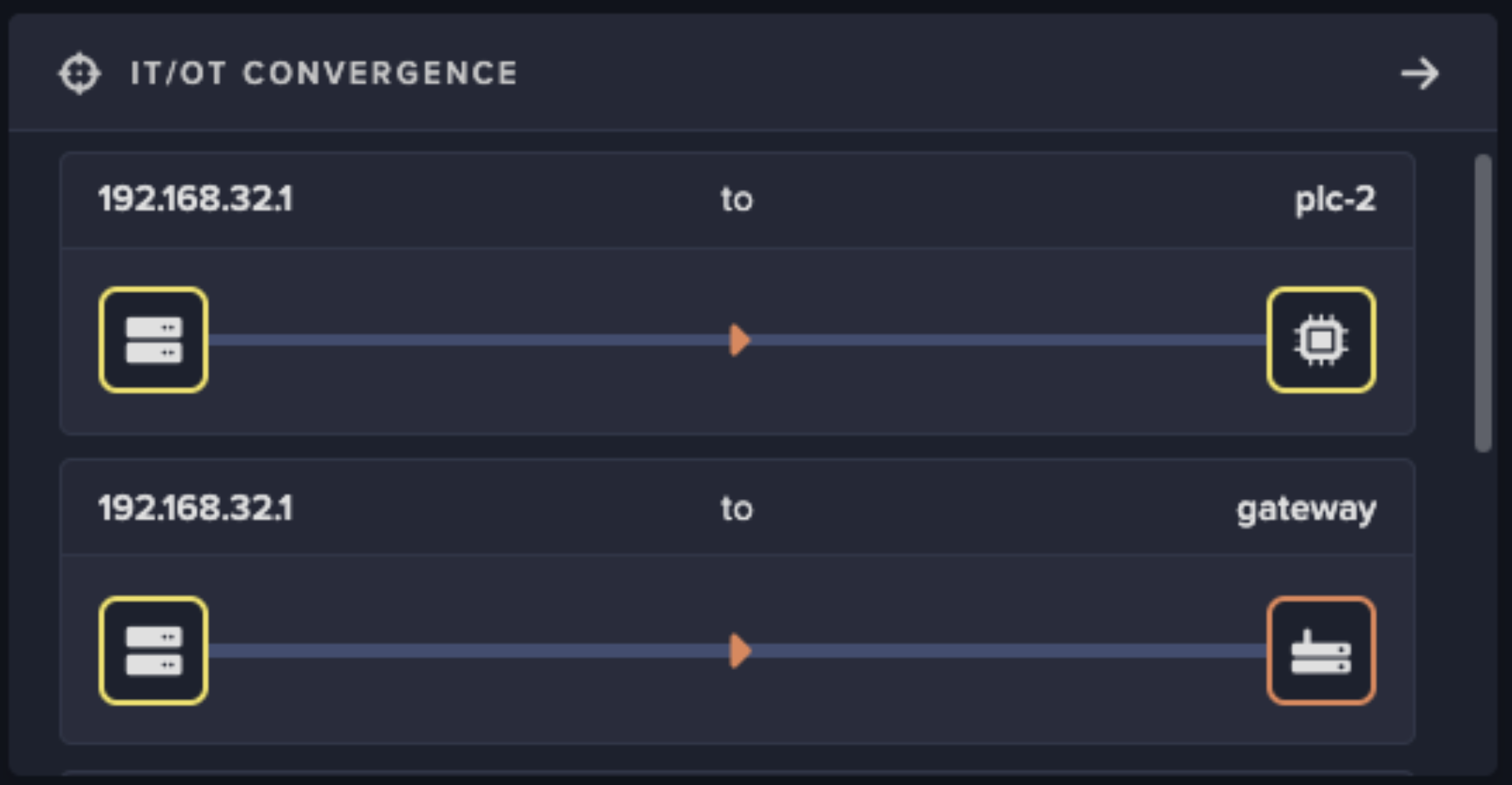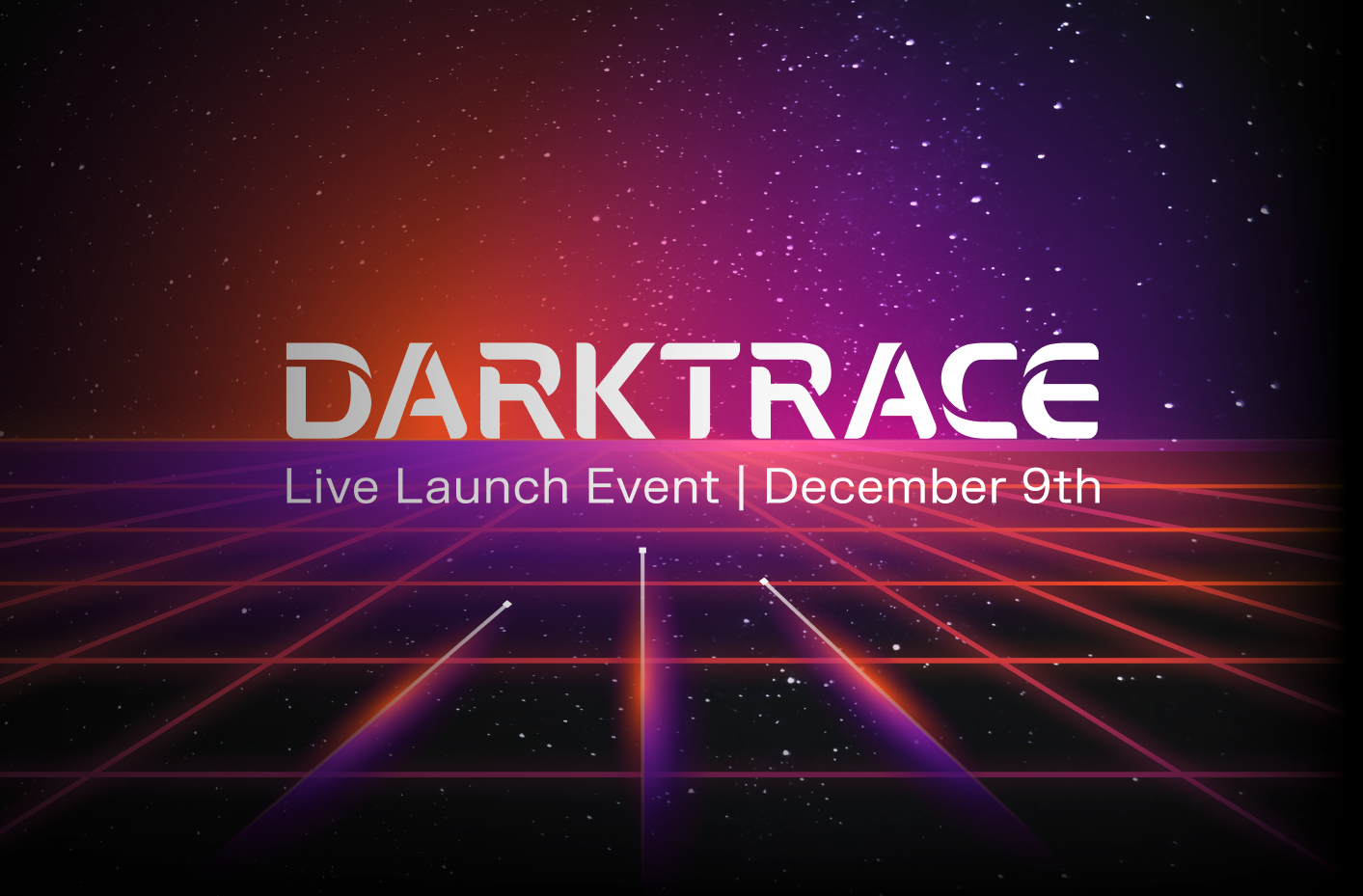Over the past year, a clear pattern has emerged across the threat landscape: ransomware operations are increasingly relying on compartmentalized affiliate models. In these models, initial access brokers (IABs) [6], malware loaders, and post-exploitation operators work together.
Due to those specialization roles, a new generation of loader campaigns has risen. Threat actors increasingly employ loader operators to quietly establish footholds on the target network. These entities then hand off access to ransomware affiliates. One loader that continues to feature prominently in such campaigns is SocGholish.
What is SocGholish?
SocGholish is a loader malware that has been utilized since at least 2017 [7]. It has long been associated with fake browser updates and JavaScript-based delivery methods on infected websites.
Threat actors often target outdated or poorly secured CMS-based websites like WordPress. Through unpatched plugins, or even remote code execution flaws, they inject malicious JavaScript into the site’s HTML, templates or external JS resources [8]. Historically, SocGholish has functioned as a first-stage malware loader, ultimately leading to deployment of Cobalt Strike beacons [9], and further facilitating access persistence to corporate environments. More recently, multiple security vendors have reported that infections involving SocGholish frequently lead to the deployment of RansomHub ransomware [3] [5].
This blog explores multiple instances within Darktrace's customer base where SocGholish deployment led to subsequent network compromises. Investigations revealed indicators of compromise (IoCs) similar to those identified by external security researchers, along with variations in attacker behavior post-deployment. Key innovations in post-compromise activities include credential access tactics targeting authentication mechanisms, particularly through the abuse of legacy protocols like WebDAV and SCF file interactions over SMB.
Initial access and execution
Since January 2025, Darktrace’s Threat Research team observed multiple cases in which threat actors leveraged the SocGholish loader for initial access. Malicious actors commonly deliver SocGholish by compromising legitimate websites by injecting malicious scripts into the HTML of the affected site. When the visitor lands on an infected site, they are typically redirected to a fake browser update page, tricking them into downloading a ZIP file containing a JavaScript-based loader [1] [2]. In one case, a targeted user appears to have visited the compromised website garagebevents[.]com (IP: 35.203.175[.]30), from which around 10 MB of data was downloaded.

Within milliseconds of the connection establishment, the user’s device initiated several HTTPS sessions over the destination port 443 to the external endpoint 176.53.147[.]97, linked to the following Keitaro TDS domains:
- packedbrick[.]com
- rednosehorse[.]com
- blackshelter[.]org
- blacksaltys[.]com
To evade detection, SocGholish uses highly obfuscated code and relies on traffic distribution systems (TDS) [3]. TDS is a tool used in digital and affiliate marketing to manage and distribute incoming web traffic based on predefined rules. More specifically, Keitaro is a premium self-hosted TDS frequently utilized by attackers as a payload repository for malicious scripts following redirects from compromised sites. In the previously noted example, it appears that the device connected to the compromised website, which then retrieved JavaScript code from the aforementioned Keitaro TDS domains. The script served by those instances led to connections to the endpoint virtual.urban-orthodontics[.]com (IP: 185.76.79[.]50), successfully completing SocGholish’s distribution.

Persistence
During some investigations, Darktrace researchers observed compromised devices initiating HTTPS connections to the endpoint files.pythonhosted[.]org (IP: 151.101.1[.]223), suggesting Python package downloads. External researchers have previously noted how attackers use Python-based backdoors to maintain access on compromised endpoints following initial access via SocGholish [5].
Credential access and lateral movement
Credential access – external
Darktrace researchers identified observed some variation in kill chain activities following initial access and foothold establishment. For example, Darktrace detected interesting variations in credential access techniques. In one such case, an affected device attempted to contact the rare external endpoint 161.35.56[.]33 using the Web Distributed Authoring and Versioning (WebDAV) protocol. WebDAV is an extension of the HTTP protocol that allows users to collaboratively edit and manage files on remote web servers. WebDAV enables remote shares to be mounted over HTTP or HTTPS, similar to how SMB operates, but using web-based protocols. Windows supports WebDAV natively, which means a UNC path pointing to an HTTP or HTTPS resource can trigger system-level behavior such as authentication.
In this specific case, the system initiated outbound connections using the ‘Microsoft-WebDAV-MiniRedir/10.0.19045’ user-agent, targeting the URI path of /s on the external endpoint 161.35.56[.]33. During these requests, the host attempted to initiate NTML authentication and even SMB sessions over the web, both of which failed. Despite the session failures, these attempts also indicate a form of forced authentication. Forced authentication exploits a default behavior in Windows where, upon encountering a UNC path, the system will automatically try to authenticate to the resource using NTML – often without any user interaction. Although no files were directly retrieved, the WebDAV server was still likely able to retrieve the user’s NTLM hash during the session establishment requests, which can later be used by the adversary to crack the password offline.
Credential access – internal
In another investigated incident, Darktrace observed a related technique utilized for credential access and lateral movement. This time, the infected host uploaded a file named ‘Thumbs.scf’ to multiple internal SMB network shares. Shell Command File ( SCF) is a legacy Windows file format used primarily for Windows Explorer shortcuts. These files contain instructions for rendering icons or triggering shell commands, and they can be executed implicitly when a user simply opens a folder containing the file – no clicks required.
The ‘Thumbs.scf’ file dropped by the attacker was crafted to exploit this behavior. Its contents included a [Shell] section with the Command=2 directive and an IconFile path pointing to a remote UNC resource on the same external endpoint, 161.35.56[.]33, seen in the previously described case – specifically, ‘\\161.35.56[.]33\share\icon.ico’. When a user on the internal network navigates to the folder containing the SCF file, their system will automatically attempt to load the icon. In doing so, the system issues a request to the specified UNC path, which again prompts Windows to initiate NTML authentication.
This pattern of activity implies that the attacker leveraged passive internal exposure; users who simply browsed a compromised share would unknowingly send their NTML hashes to an external attacker-controlled host. Unlike the WebDAV approach, which required initiating outbound communication from the infected host, this SCF method relies on internal users to interact with poisoned folders.

Command-and-control
Following initial compromise, affected devices would then attempt outbound connections using the TLS/SSL protocol over port 443 to different sets of command-and-control (C2) infrastructure associated with SocGholish. The malware frequently uses obfuscated JavaScript loaders to initiate its infection chain, and once dropped, the malware communicates back to its infrastructure over standard web protocols, typically using HTTPS over port 443. However, this set of connections would precede a second set of outbound connections, this time to infrastructure linked to RansomHub affiliates, possibly facilitating the deployed Python-based backdoor.
Connectivity to RansomHub infrastructure relied on defense evasion tactics, such as port-hopping. The idea behind port-hopping is to disguise C2 traffic by avoiding consistent patterns that might be caught by firewalls, and intrusion detection systems. By cycling through ephemeral ports, the malware increases its chances of slipping past basic egress filtering or network monitoring rules that only scrutinize common web traffic ports like 443 or 80. Darktrace analysts identified systems connecting to destination ports such as 2308, 2311, 2313 and more – all on the same destination IP address associated with the RansomHub C2 environment.

Conclusion
Since the beginning of 2025, Darktrace analysts identified a campaign whereby ransomware affiliates leveraged SocGholish to establish network access in victim environments. This activity enabled multiple sets of different post exploitation activity. Credential access played a key role, with affiliates abusing WebDAV and NTML over SMB to trigger authentication attempts. The attackers were also able to plant SCF files internally to expose NTML hashes from users browsing shared folders. These techniques evidently point to deliberate efforts at early lateral movement and foothold expansion before deploying ransomware. As ransomware groups continue to refine their playbooks and work more closely with sophisticated loaders, it becomes critical to track not just who is involved, but how access is being established, expanded, and weaponized.
Credit to Chrisina Kreza (Cyber Analyst) and Adam Potter (Senior Cyber Analyst)
[related-resource]
Appendices
Darktrace / NETWORK model alerts
· Anomalous Connection / SMB Enumeration
· Anomalous Connection / Multiple Connections to New External TCP Port
· Anomalous Connection / Multiple Failed Connections to Rare Endpoint
· Anomalous Connection / New User Agent to IP Without Hostname
· Compliance / External Windows Communication
· Compliance / SMB Drive Write
· Compromise / Large DNS Volume for Suspicious Domain
· Compromise / Large Number of Suspicious Failed Connections
· Device / Anonymous NTML Logins
· Device / External Network Scan
· Device / New or Uncommon SMB Named Pipe
· Device / SMB Lateral Movement
· Device / Suspicious SMB Activity
· Unusual Activity / Unusual External Activity
· User / Kerberos Username Brute Force
MITRE ATT&CK mapping
· Credential Access – T1187 Forced Authentication
· Credential Access – T1110 Brute Force
· Command and Control – T1071.001 Web Protocols
· Command and Control – T1571 Non-Standard Port
· Discovery – T1083 File and Directory Discovery
· Discovery – T1018 Remote System Discovery
· Discovery – T1046 Network Service Discovery
· Discovery – T1135 Network Share Discovery
· Execution – T1059.007 JavaScript
· Lateral Movement – T1021.002 SMB/Windows Admin Shares
· Resource Deployment – T1608.004 Drive-By Target
List of indicators of compromise (IoCs)
· garagebevents[.]com – 35.203.175[.]30 – Possibly compromised website
· packedbrick[.]com – 176.53.147[.]97 – Keitaro TDS Domains used for SocGholish Delivery
· rednosehorse[.]com – 176.53.147[.]97 – Keitaro TDS Domains used for SocGholish Delivery
· blackshelter[.]org – 176.53.147[.]97 – Keitaro TDS Domains used for SocGholish Delivery
· blacksaltys[.]com – 176.53.147[.]97 – Keitaro TDS Domains used for SocGholish Delivery
· virtual.urban-orthodontics[.]com – 185.76.79[.]50
· msbdz.crm.bestintownpro[.]com – 166.88.182[.]126 – SocGholish C2
· 185.174.101[.]240 – RansomHub Python C2
· 185.174.101[.]69 – RansomHub Python C2
· 108.181.182[.]143 – RansomHub Python C2
References
[1] https://www.checkpoint.com/cyber-hub/threat-prevention/what-is-malware/socgholish-malware/
[2] https://intel471.com/blog/threat-hunting-case-study-socgholish
[5] https://www.guidepointsecurity.com/blog/ransomhub-affiliate-leverage-python-based-backdoor/
[6] https://www.cybereason.com/blog/how-do-initial-access-brokers-enable-ransomware-attacks
[7] https://attack.mitre.org/software/S1124/
[8] https://expel.com/blog/incident-report-spotting-socgholish-wordpress-injection/
[9] https://www.esentire.com/blog/socgholish-to-cobalt-strike-in-10-minutes
Get the latest insights on emerging cyber threats
This report explores the latest trends shaping the cybersecurity landscape and what defenders need to know in 2025
.avif)


































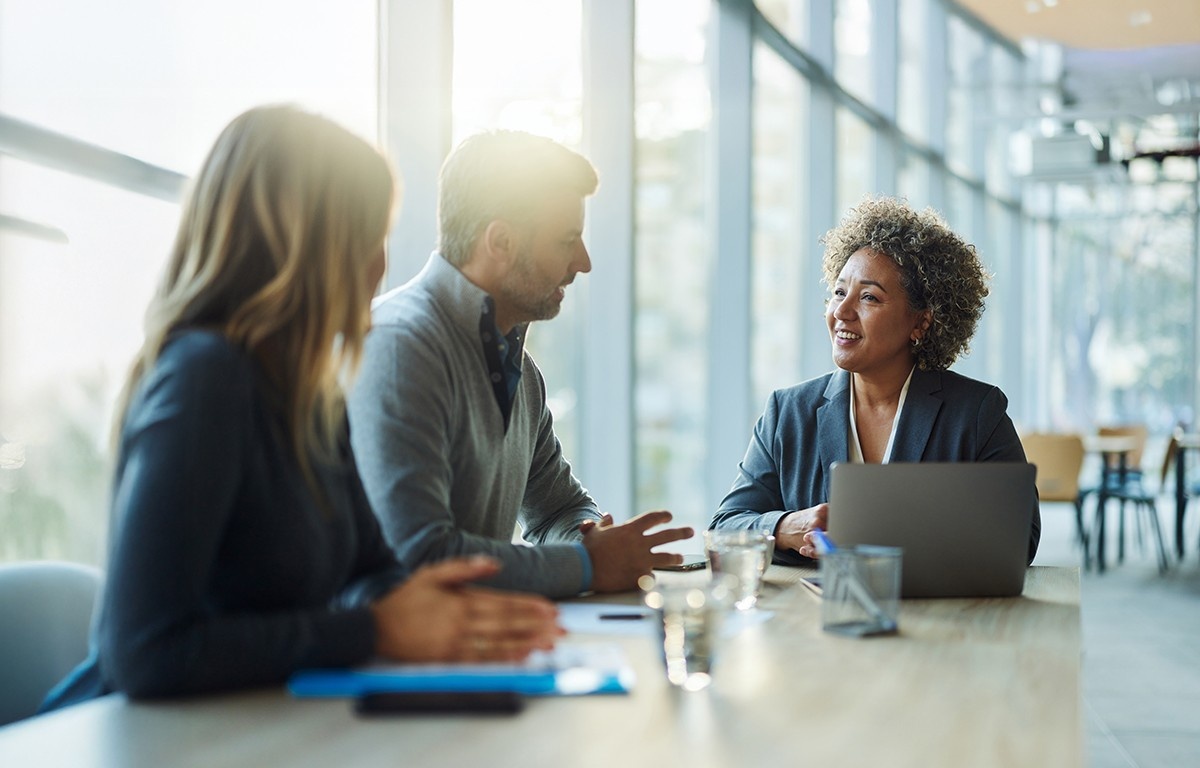
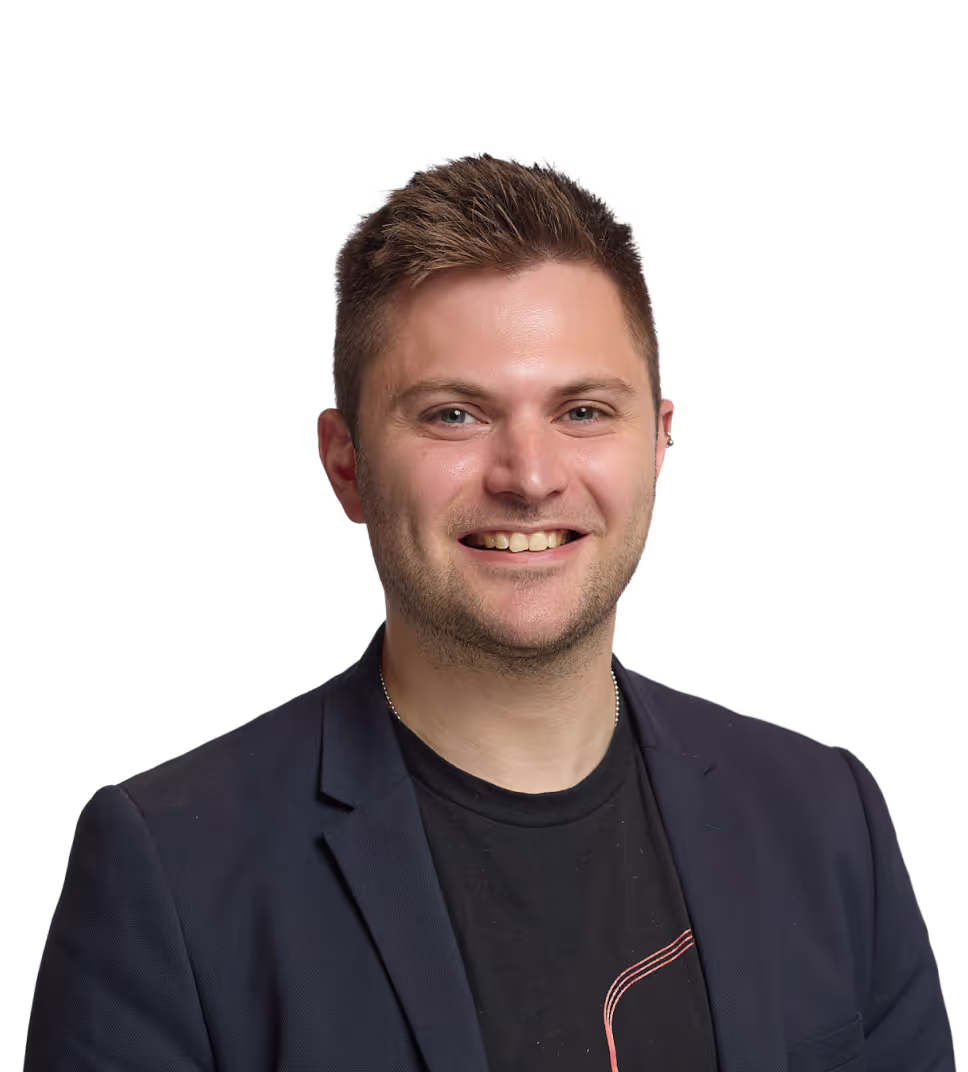


%20Date08132025%200740%20AM.png)

